#Mount Pilatus
Explore tagged Tumblr posts
Text
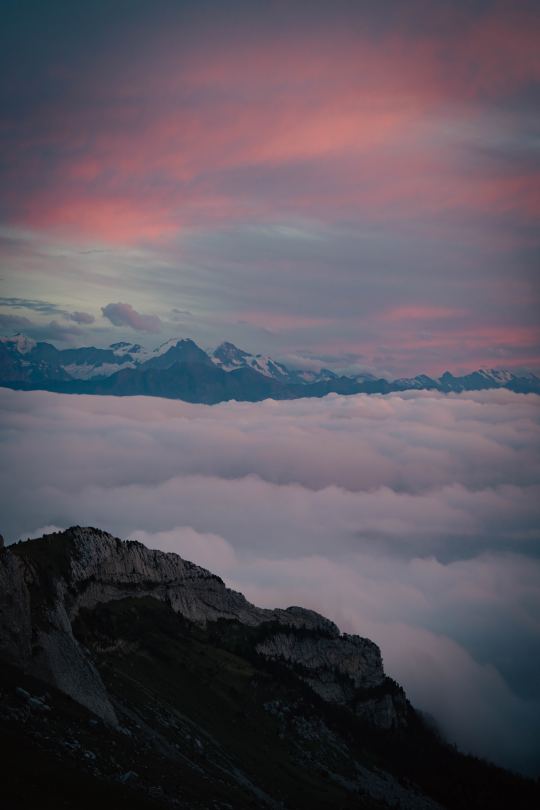
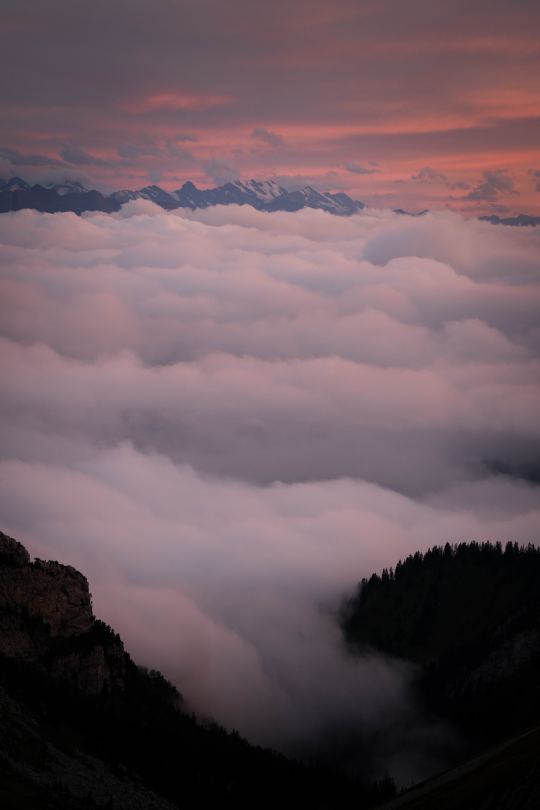
(by Sergio Zhukov)| Switzerland
Instagram
360 notes
·
View notes
Text






























The Republic of Switzerland was formed on March 29, 1798.
#Republic of Switzerland#formed#29 March 1798#anniversary#cityscape#Swiss history#Luzern#Lucerne#Schweiz#original photography#landscape#countryside#River Reuss#Kapellbrücke#Rigi#Stanserhorn#Lake Lucerne#Vierwaldstättersee#Bern#Berner Münster#Bundeshaus#River Aare#Federal Palace of Switzerland#Mount Pilatus#Seebodenalp#Castel Grande#Bellinzona#Klewenalp#Swiss Alps#travel
3 notes
·
View notes
Photo

Mt Pilatus, Lucerne | mindz.eye
10K notes
·
View notes
Text

View from Mount Pilatus
John Singer Sargent
watercolor on white wove paper, 1870
Metropolitan Museum of Art
#view from mount pilatus#john singer sargent#1870s#1870s art#1800s art#watercolor#wove paper#paper#the metropolitan museum of art#mountains#trees#evergreen#green#blue#yellow
27 notes
·
View notes
Text


Mount Pilatus, Switzerland by Kevin & Amanda
490 notes
·
View notes
Text
Swiss Adventures | Nico hischier
Nico hischier x reader

Nico Hischier, the pride of Switzerland and a renowned NHL player, had conquered many battles on the ice, but none compared to the overwhelming joy of becoming a father. His wife, Y/N, had given birth to their precious daughter, Lily, whose arrival filled their lives with boundless love and happiness.
As the off-season approached, Nico's heart swelled with excitement at the thought of bringing his newborn daughter to his homeland. Switzerland held a special place in his heart, with its majestic mountains, pristine lakes, and charming villages. He couldn't wait to share its beauty with Lily and introduce her to his own childhood memories.
With bags packed and hearts full, the Hischier family embarked on their journey to Switzerland. The moment they stepped off the plane, the crisp Alpine air welcomed them home. Nico's eyes sparkled with pride as he held Lily in his arms, whispering words of love and promises of grand adventures.
Their first stop was Nico's hometown of Naters, a picturesque village nestled in the shadow of the Swiss Alps. The quaint streets were lined with cozy chalets adorned with vibrant window boxes overflowing with flowers. Everywhere they went, they were greeted with warm smiles and hearty "Grüezi" (hello) from locals who recognized Nico as their hometown hero.
Nico's parents eagerly awaited their arrival, bursting with excitement to meet their granddaughter for the first time. As they embraced Y/N and Lily, tears of joy glistened in their eyes, their hearts overflowing with love for the newest member of their family.
"Willkommen in der Schweiz, kleine Lily," (Welcome to Switzerland, little Lily) Nico's mother said, her voice filled with tenderness as she cradled the tiny bundle in her arms.
Over the days that followed, Nico and Y/N immersed themselves in Swiss culture, from indulging in cheese fondue and chocolate to taking leisurely strolls along serene mountain trails. Each moment was captured in their hearts, creating memories that would last a lifetime.
One sunny afternoon, Nico took Lily on a boat ride across Lake Lucerne, his eyes shining with pride as he pointed out the snow-capped peaks in the distance. "Das ist der Pilatus, Lily," (That's Mount Pilatus, Lily) he said, his voice tinged with nostalgia. "One day, you'll climb to the top, just like I did as a boy."
As they explored the charming city of Zurich and wandered through the historic streets of Bern, Nico couldn't help but marvel at the sight of his daughter experiencing the beauty of Switzerland for the first time. With each passing day, Lily's laughter echoed through the mountains, a symphony of joy that filled Nico's heart with immeasurable love.
As their Swiss adventure came to an end, Nico reflected on the journey they had shared as a family. From the breathtaking landscapes to the cherished moments with loved ones, their time in Switzerland had been nothing short of magical.
As they bid farewell to Nico's parents and boarded the plane back to the United States, Nico held Y/N and Lily close, knowing that their bond had only grown stronger through their shared adventures. With a smile, he whispered to his daughter in Swiss German, "Bis bald, Schweiz. Wir kommen bald zurück." (Until soon, Switzerland. We'll be back soon.)
And as the plane soared into the sky, the Hischier family carried with them the memories of their Swiss adventures, a testament to the power of love, family, and the magic of home.
#hockey#nhl#nhl x reader#fanfic#nico hischier x reader#nico hischier smut#nico hischier imagines#nico hischier#new jersey devils x reader#new jersey devils#nico hischer x reader#nico hischier fluff#nico hischier fic#nhl fanfiction#nhl fluff#nhl fic#nhl imagine
157 notes
·
View notes
Text

John Singer Sargent, Islle from Mount Pilatus, 1870
56 notes
·
View notes
Text
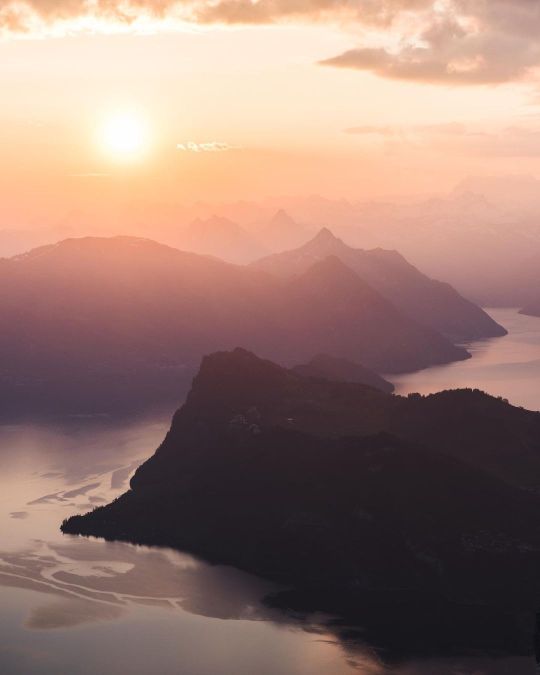
By Kitkat_Ch
Mount Pilatus, Kriens, Canton of Lucerne, Switzerland
33 notes
·
View notes
Text
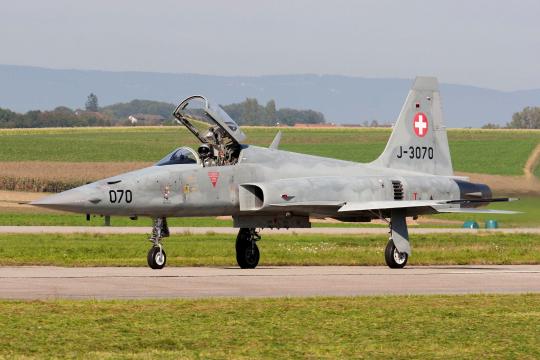
Switzerland Planning To Retire F-5s In 2027
F-5
Credit: Tony Osborne/Aviation Week
Swiss commanders have outlined plans to retire the Northrop F-5 Tiger combat aircraft in 2027, bringing to an end its famous international aerobatic team, the Patrouille Suisse.
As the Swiss Air Force prepares for the arrival of the first Lockheed Martin F-35 Joint Strike Fighter in 2028, commanders have concluded that the service has “neither the need, personnel, finances or infrastructure,” to keep the F-5 Tiger fleet in operation during the transition to the F-35, service chiefs declared on March 15.
But the service’s F/A-18 Hornet fleet will continue to operate until 2030 once the F-35 has been introduced.
Commanders have already concluded that the Tigers cannot be used for air policing because of their outdated sensors and armaments. So the 25-strong fleet has been relegated to secondary duties, including target towing, training and aerobatic displays. Tiger operations, officials say, are currently relieving the F/A-18 Hornet fleet of such secondary tasks, extending Hornet life.
The F-5’s retirement will bring an end to the Patrouille Suisse aerobatic team, which has flown the F-5 since 1994, replacing Hawker Hunters.
Officials say they still want to retain a flight demonstration team “to demonstrate the work, capabilities and importance of the Air Force to a wide audience.” But the most sensible solution is to make the existing Swiss Air Force PC-7 display team—flying the Pilatus PC-7 turboprop trainer—the flagship aerobatic team for the service.
Maintaining the Patrouille Suisse’s operation of the F-5 beyond 2027 would demand investments to be made in ejection seats, aircraft avionics and navigation. At least 12 aircraft would need to be kept operational—10 single-seat and two twin-seat aircraft. Officials say such an investment would cost around 9 million Swiss francs ($10.2 million).
The plans will now be discussed with Security Policy Committees in the Swiss Parliament.
The pensioning off of the Patrouille Suisse could mark the beginning of the end for some of Europe’s best-known aerobatic teams, which are reliant on increasingly older aircraft. The Royal Air Force’s Red Arrows fly Hawks that are around 50 years old—the team is the last operator of the BAE Systems T1 model Hawk in the UK. Spain’s Patrulla Aguila team continues to fly the CASA C-101 Aviojet even though the type has been withdrawn from the training role. Italy had planned to introduce Leonardo’s M345 as the mount for the Frecce Tricolori that flies the Aermacchi MB339, but the transition has yet to take place due to the delayed introduction of the M345 into Italian service.
Based in London, Tony covers European defense programs. Prior to joining Aviation Week in November 2012, Tony was at Shephard Media Group where he was deputy editor for Rotorhub and Defence Helicopter magazines.
@AviationWeek .com via X
3 notes
·
View notes
Text






























Lucerne: Mount Pilatus
1 note
·
View note
Text
Greetings, fellow wanderers,
Embark with me on a journey to the heart of Eruope, where snow-capped peaks, pristine lakes, and charming villages paint a picture of timeless beauty — welcome to Switzerland. Its cities contain medieval quarters with landmarks like capital Bern's Zytglogge clock tower and Lucerne's wooden chapel bridge. The country is also known for its ski resorts and hiking trails.
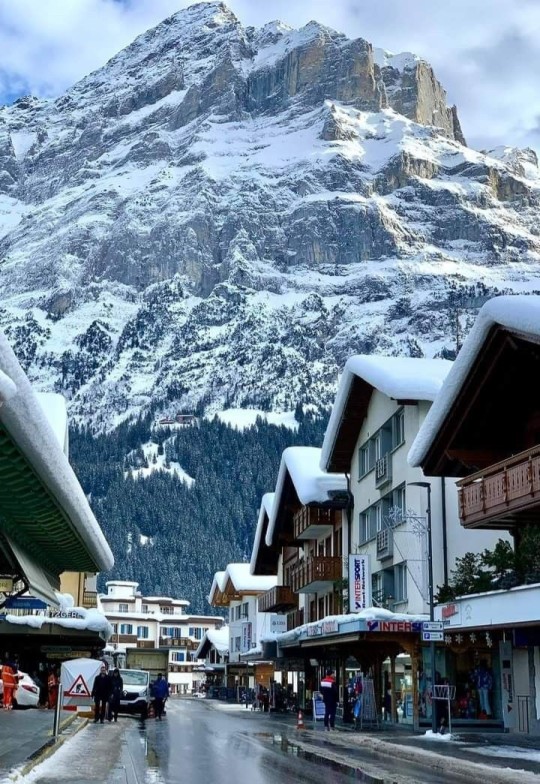
◇Things to do in Switzerland
☆ Visit the Chapel Bridge and Water Tower
The Chapel Bridge is a wooden pedestrian bridge that spans the Reuss River in the city of Lucerne. The Bridge is named after the nearby St. Peter's Chapel that was built in 1333. The Bridge is also one of the oldest wooden bridges in Europe. One of the characteristics of the Chapel Bridge is the triangular paintings hanging below its roof that depict events from the history and legends of Lucerne.
The Water Tower is a part of the bridge that stands on water. The Tower is older than the bridge and was used as a prison and archive. Although the Tower is not open to the public, it is still a beautiful site to see.
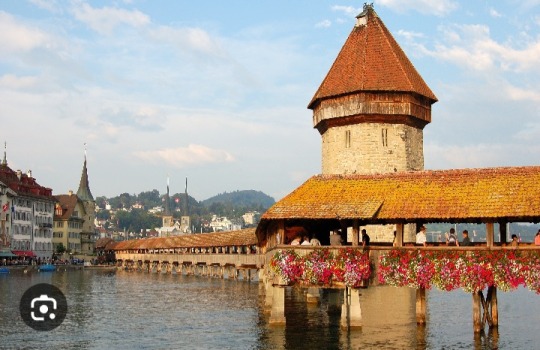
☆ Visit the Swiss National Museum
The Swiss National Museum holds a collection on tue cultural history, craftsmanship, and artworks of Switzerland from its beginnings to the present day.



☆ Go on a tour to the Rhine Falls
The Rhine Falls is a breathtaking beauty and the largest plain waterfall in Europe. The Falls are located on the High Rhine at Neuhausen am Rheinfall Village on the north of Switzerland. The Rhine's waters flow at the rate of 23 meters over a breadth of 150 meters.
There are green zones in/near the Rhine which are for swimming and public use, however, swimming in the Rhine is usually recommended for very good swimmers due to its powerful currents.

☆ Experience Mount Pilatus
The mountain of Pilatus towers above the region with its 2,128 meters in height. The mountain is a source of mystical discoveries and is home to places of natural beauty that are steeped in legend and lore.
You can reach the mountain from Lucerne via the gondola lift and aerial cable car and from Alpnachstad with the world's steepest rack-railroad, aerial cable car and bus. The trip can also be combined with various types of sports or hiking tours.
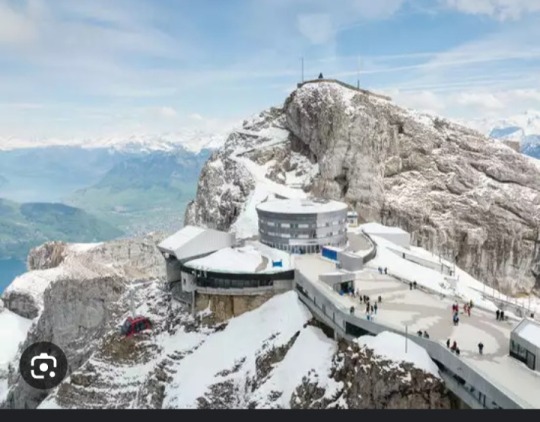
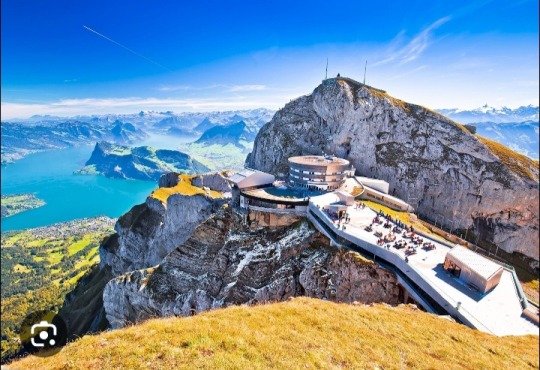
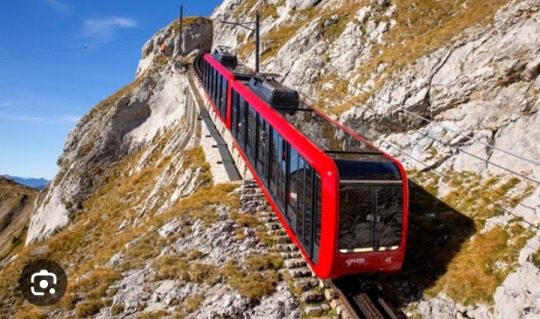

◇◇◇◇◇◇◇◇◇◇◇◇◇◇◇◇◇◇◇◇◇◇◇◇◇◇
As we bid adieu to this land of eternal landscapes, we carry the echoes of cowbells l, the warmth of Swiss hospitality, and the serenity found in the heart of the Alps.
Sour8of the pictures used
https://images.app.goo.gl/wXC1uKMh2rhsrHuD8
https://images.app.goo.gl/xfA8TyerrZAWrWjF8
https://pin.it/70MzbjE
https://pin.it/1Cire4F
https://images.app.goo.gl/cS6yS4YYvrgrpdMX6
https://images.app.goo.gl/5qupz8KsaU4HPFrJ8
Until the next alpine rendezvous,
Kate♡
2 notes
·
View notes
Text

Dawn
What do you think about my pic?
#dawn#Jesuitenkirche#Mount Pilatus#Luzern#Lucerne#Schweiz#Switzerland#Wasserturm#Kapellbrücke#Altstadt#Seebrücke#River Reuss#reflection#original photography#tourist attraction#landmark#cityscape#architecture#old town#Chapel Bridge#Water Tower#wooden bridge#early morning#winter 2025#photo of the day#Innerschweiz#Zentralschweiz#Central Switzerland#engineering#What do you think about my pic?
3 notes
·
View notes
Text
Lukla Flights: The Gateway to Everest
A Lukla flight refers to a flight that lands at Tenzing-Hillary Airport (also known as Lukla Airport) in Lukla, Nepal. This small, high-altitude airport is located in the heart of the Khumbu region, and it serves as the primary access point for travelers looking to embark on treks to Everest Base Camp, Gokyo Lakes, and various other trekking routes around Mount Everest. A Lukla flight is not just a mode of transportation; it’s an adventure in itself, due to the airport’s challenging terrain, unpredictable weather conditions, and its status as one of the world’s most dangerous airports. Despite its risks, it is an essential part of the Everest region's tourism infrastructure, and thousands of trekkers use this flight every year to start their journey toward the world’s highest mountain.
1. Challenging Airport: Lukla's Unique Characteristics
Lukla Airport is famous for its extremely short runway and its unique location in the mountainous terrain of Nepal. The runway is only 527 meters (1,729 feet) long, which is far shorter than the runways used by most commercial airports worldwide. Moreover, this runway is not only short but also steeply inclined, with a gradient of about 12%. This steep incline is designed to help aircraft take off and land in the thin air of the Himalayan region, where there is less oxygen and lower air pressure.
At an altitude of 2,845 meters (9,334 feet), the airport is located higher than most other airports, creating challenges for aircraft that have to climb rapidly upon takeoff and land on a very short runway. To make matters more complicated, the airport is surrounded by towering mountains, creating turbulent air currents that can make landing and takeoff a particularly tricky endeavor. The surrounding mountains rise abruptly, and visibility is often restricted by clouds or fog, creating a further layer of complexity.
The airport has only one runway, and due to its small size, only small aircraft are able to operate there. The typical aircraft used for these flights include the DHC-6 Twin Otter and the Pilatus PC-6, both of which are twin-engine aircraft designed for short takeoff and landing (STOL) operations. These aircraft are ideal for the rugged conditions, but flying into Lukla remains a feat of skill for even the most experienced pilots.
2. Flight Duration: Short but Scenic
Flights from Kathmandu, the capital of Nepal, to Lukla are relatively short in terms of duration. The flight usually lasts between 30 and 40 minutes, depending on weather conditions, air traffic, and the specific route taken by the aircraft. However, despite the brief flight time, passengers are treated to some of the most stunning aerial views in the world.
The route typically takes passengers over the lush green hills of the Kathmandu Valley, before heading toward the rugged mountain terrain of the Himalayas. As the plane climbs toward Lukla, travelers are treated to breathtaking views of some of the highest peaks on Earth, including Mount Everest itself, Lhotse, and Makalu. The sight of these towering giants from the air can be awe-inspiring, adding a sense of majesty and adventure to the flight.
However, despite the scenic beauty, the flight can be quite turbulent due to the mountainous terrain. The narrow valleys and unpredictable winds often make for a bumpy ride, which adds to the thrill — or discomfort — depending on one's tolerance for flying. The flight is usually quite noisy, with the sound of the aircraft’s engines roaring as it navigates through the mountain air. This is not a flight for the faint-hearted or those who are prone to motion sickness.
3. Airlines Operating Lukla Flights
There are a few airlines that primarily operate flights to Lukla from Kathmandu. The main airlines offering these flights are:
Yeti Airlines: One of the most popular airlines for flights to Lukla, Yeti Airlines operates multiple daily flights to the airport. They are known for their experience flying in the rugged Himalayan terrain and their fleet of reliable aircraft.
Sita Air: Another key player in the Lukla flight sector, Sita Air also offers multiple daily flights to Lukla. Like Yeti Airlines, they operate small aircraft that are capable of handling the difficult conditions of Lukla Airport.
Shree Airlines: Although Shree Airlines is not as widely known as Yeti or Sita, it also operates flights to Lukla. Their aircraft are similar to those of the other airlines, designed for short takeoffs and landings in challenging conditions.
Most of the flights operated by these airlines use small aircraft like the DHC-6 Twin Otter and the Pilatus PC-6, which are well-suited to the mountainous environment. These planes are renowned for their ability to operate in high-altitude, challenging conditions, and their short takeoff and landing capabilities make them ideal for airports like Lukla.
4. Weather-Dependent: The Impact of Mountain Weather
One of the most notable aspects of flying to Lukla is the highly weather-dependent nature of the flights. Due to the mountainous terrain and unpredictable weather patterns in the region, flights to and from Lukla are often subject to delays, cancellations, or diversions. Fog, cloud cover, and strong winds are common, especially in the early mornings and late afternoons, making it difficult for pilots to navigate through the narrow mountain valleys.
The monsoon season (from June to September) brings additional challenges, with heavy rainfall and cloud cover making it nearly impossible for flights to operate. Even during the winter months, the region can experience snowstorms, further disrupting flight schedules. This variability means that trekkers often have to be flexible with their travel plans, and it is not uncommon for flights to be delayed for days, especially if the weather is particularly bad.
The risk of flight delays has led many trekkers to build extra time into their itineraries when planning their trips to the Everest region. While it is possible to catch a flight to Lukla and begin a trek the same day, many trekkers prefer to allow a day or two of buffer time in Kathmandu, in case of unexpected delays. However, even with these precautions, travelers should be prepared for the uncertainty that mountain weather brings.
5. Popular for Trekking: The Gateway to Everest
Lukla Airport is most famous for being the starting point for trekkers heading to Everest Base Camp, one of the most iconic trekking destinations in the world. The Everest Base Camp trek is an iconic journey that attracts thousands of trekkers every year, many of whom are eager to experience the awe-inspiring views of Mount Everest up close.
In addition to the Everest Base Camp trek, Lukla serves as the starting point for several other popular treks in the Khumbu region, such as the Gokyo Lakes trek and the Three Passes trek. These treks offer breathtaking views of the Himalayas, including a closer look at Mount Everest, as well as opportunities to experience Sherpa culture and visit remote mountain villages.
Lukla is also a popular destination for mountain flights, where tourists take scenic flights around the Everest region. These flights provide a stunning aerial view of the peaks, including Mount Everest, and are a popular option for those who may not want to trek to base camp but still want to experience the majesty of the mountains.
6. Precautions: Navigating the Risks of Lukla Flights
Flying to Lukla is often considered one of the most thrilling and risky experiences in aviation. The combination of the airport’s challenging location, unpredictable weather, and the short, steep runway makes it a unique and potentially dangerous destination for air travel.
Pilots flying into Lukla must be highly trained and experienced in short takeoff and landing techniques, as well as in navigating through the difficult terrain of the Himalayan mountains. While modern aircraft are equipped with advanced navigation systems, flying in this region still requires great skill.
For passengers, the most important precaution is to be mentally prepared for the unpredictability of mountain weather. While most flights are relatively safe, travelers should be prepared for possible delays, cancellations, or even diversions to other airports if conditions at Lukla become unfavorable. It’s also recommended to have travel insurance that covers flight delays and cancellations due to weather, as this can be a common occurrence.
Trekking to the Everest region and flying to Lukla, is an adventure that comes with risks. However, for most trekkers, it is also a once-in-a-lifetime experience that provides a sense of achievement and an unforgettable connection with the natural beauty of the Himalayas.
Choosing a helicopter flight to Lukla offers several key benefits:
Time-Saving: The helicopter flight from Kathmandu to Lukla takes only about 30-40 minutes, while a regular plane or the overland trek to Lukla can take much longer. If you're on a tight schedule, this is a significant time saver.
Weather Reliability: Helicopter flights are less likely to be canceled compared to fixed-wing aircraft, as they can operate in conditions where planes might be grounded due to poor visibility or high winds. This makes helicopter flights more dependable, especially in the unpredictable weather conditions of the Himalayas.
Better Visibility: Helicopters have better visibility compared to planes, which makes them safer in marginal weather. In mountainous regions like the Himalayas, this increased visibility helps pilots navigate more effectively, ensuring a smoother journey.
Less Stressful: Helicopter flights tend to have a smaller number of passengers, making the experience less stressful and more comfortable. You also don’t have to worry about the long delays or cancellations that often affect plane schedules to Lukla.
Scenic Experience: Flying by helicopter offers unparalleled views of the mountains, valleys, and the breathtaking landscapes of the Everest region. The panoramic views during the flight are a unique and memorable part of your adventure.
Convenience: Helicopter flights offer more flexibility in terms of schedule compared to regular flights. You can book a private helicopter for more control over timing, or share a flight to reduce costs.
Choosing a helicopter flight to Lukla can enhance both the safety and enjoyment of your trek, making the entire experience more seamless and stress-free.
Conclusion
A Lukla flight is more than just a journey to a remote mountain airport; it is an experience that defines the start of many treks to the world’s highest peaks. While the challenges of flying to Lukla — including its short runway, unpredictable weather, and rugged surroundings — may seem daunting, they only add to the adventure. For those brave enough to make the journey, the rewards are immense: stunning mountain views, the thrill of flying into one of the most dangerous airports in the world, and the opportunity to trek in one of the most beautiful and remote regions on Earth. Whether you’re trekking to Everest Base Camp or simply enjoying the spectacular landscapes, Lukla remains a gateway to adventure.
0 notes
Text
Transfer from Zurich Airport to Klosters by Premium Taxi Chf 490

Need a comfortable and reliable taxi from Zurich Airport to Lucerne? Switzerland Car Service offers a premium private transfer for CHF 490, ensuring a smooth and hassle-free journey to this beautiful lakeside city. Skip the inconvenience of public transport or regular taxis and travel in style with our professional chauffeurs.
The journey from Zurich Airport to Lucerne takes approximately 1 hour, passing through picturesque Swiss landscapes and charming villages. Our fleet includes luxury Mercedes-Benz sedans and spacious vans, ideal for individuals, families, or groups.
With our private car service, you can expect reliability, comfort, and top-class service. Enjoy complimentary Wi-Fi, refreshments, and a climate-controlled vehicle for a relaxing ride. Whether you're visiting Lucerne for its historic Old Town, stunning lake views, or famous landmarks like the Chapel Bridge and Mount Pilatus, we ensure you arrive refreshed and ready to explore.
Book your taxi from Zurich Airport to Lucerne today with Switzerland Car Service for CHF 490 and experience the highest standards of Swiss hospitality.
0 notes
Text
4 Perfect Days in Switzerland: Trains, Mountains, and Alpine Magic
Switzerland, a land of breathtaking landscapes, charming cities, and culinary delights, offers a perfect getaway for any traveler. This 4-day itinerary will guide you through the highlights of Switzerland, ensuring a memorable trip filled with stunning vistas, rich culture, and delightful cuisine. Day 1: Zurich and Lucerne Morning: - Zurich Old Town (Altstadt): Start your journey in Zurich. Stroll through the cobblestone streets of the Old Town, explore the Grossmünster Church, and admire the views along the Limmat River. Scenic summer aerial panorama of the Old Town medieval architecture in Lucerne, Switzerland - Bahnhofstrasse: Visit one of the world’s most exclusive shopping streets for a blend of high-end stores and Swiss charm. Afternoon: - Take a 45-minute train ride to Lucerne, a picturesque city nestled by a lake and surrounded by mountains. - Chapel Bridge (Kapellbrücke): Walk along this iconic covered wooden bridge adorned with historic paintings. - Lion Monument (Löwendenkmal): Pay a visit to this poignant rock carving commemorating Swiss Guards who died during the French Revolution.
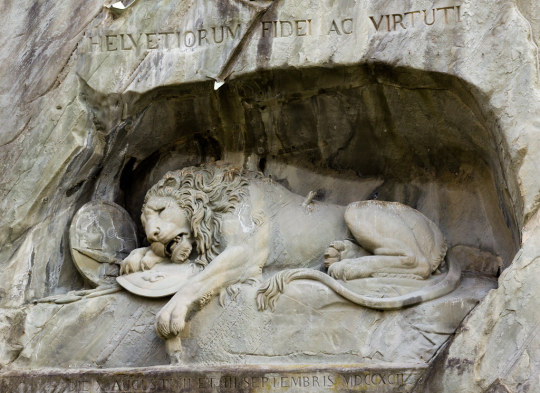
Evening: - Enjoy dinner at Old Swiss House, known for its authentic Swiss dishes like rösti and schnitzel. - Stay overnight in Lucerne. Recommended hotel: Hotel des Balances, a charming riverside boutique hotel. Book a room in Hotel des Balances Day 2: Mount Pilatus or Mount Titlis

Morning: - Mount Pilatus: Take a boat ride across Lake Lucerne to Alpnachstad and hop on the world’s steepest cogwheel railway to the summit. Enjoy panoramic views and alpine activities. - Alternatively, visit Mount Titlis for snow-covered peaks and the thrilling Titlis Cliff Walk.

Afternoon: - Have lunch at one of the mountain-top restaurants and soak in the scenery. - Descend in the afternoon, returning to Lucerne. Evening: - Explore Lucerne’s local nightlife or relax by the lake. - Stay overnight in Lucerne. Day 3: Interlaken and Jungfraujoch

Morning: - Take a train to Interlaken, a gateway to the Bernese Oberland region. - Board the Jungfraujoch Railway, known as the "Top of Europe." The journey offers spectacular alpine views as you ascend to Europe’s highest train station.

Afternoon: - Explore the Ice Palace and Sphinx Observation Deck, and take in the breathtaking Aletsch Glacier. - Enjoy a traditional Swiss lunch at a restaurant atop Jungfraujoch.

Evening: - Return to Interlaken and stroll along the shores of Lake Brienz or Lake Thun. - Stay overnight at Victoria Jungfrau Grand Hotel & Spa for a luxurious experience.

Book a room in Victoria Jungfrau Grand Hotel & Spa Day 4: Zermatt and the Glacier Express Morning:

- Travel to Zermatt, a car-free mountain village at the base of the Matterhorn. - Stroll through the charming streets and visit the Matterhorn Museum to learn about the history of this iconic peak. Afternoon: - Board the Glacier Express, Switzerland’s most scenic train, offering panoramic views of the Alps as it traverses gorges, valleys, and tunnels.

Evening: - Dine at Restaurant Chez Heini, known for its cozy ambiance and delicious lamb dishes. - Stay overnight at The Omnia, a stylish hotel with exceptional Matterhorn views. Book a hotel room in The Omnia

Travel Tips - Swiss Travel Pass: Invest in this pass for unlimited travel on trains, buses, and boats. It also covers many mountain excursions.

- Language: Switzerland has four official languages – German, French, Italian, and Romansh. English is widely spoken. - Currency: The Swiss Franc (CHF) is used. Credit cards are widely accepted. - Seasonal Packing: Pack layers, as mountain weather can change quickly. Gastronomy Highlights - Fondue: Cheese fondue is a must-try, best enjoyed in a cozy alpine setting. - Rösti: A crispy potato dish often served with meats and vegetables. - Swiss Chocolate: Indulge in premium Swiss chocolates from brands like Lindt or Sprüngli. - Raclette: Melted cheese served with potatoes, pickles, and cured meats.
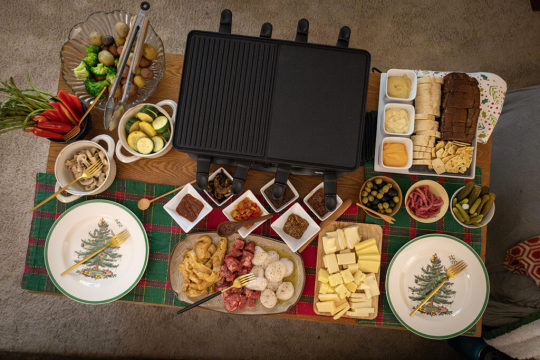
Additional Attractions - Bern: Visit the medieval old town and Zytglogge clock tower. - Lauterbrunnen Valley: Known for its stunning waterfalls and charming villages. - Open-Air Railway Cars: For an unforgettable experience, try the GoldenPass Line or Bernina Express, which feature open-air cars during summer.



Read the full article
0 notes
